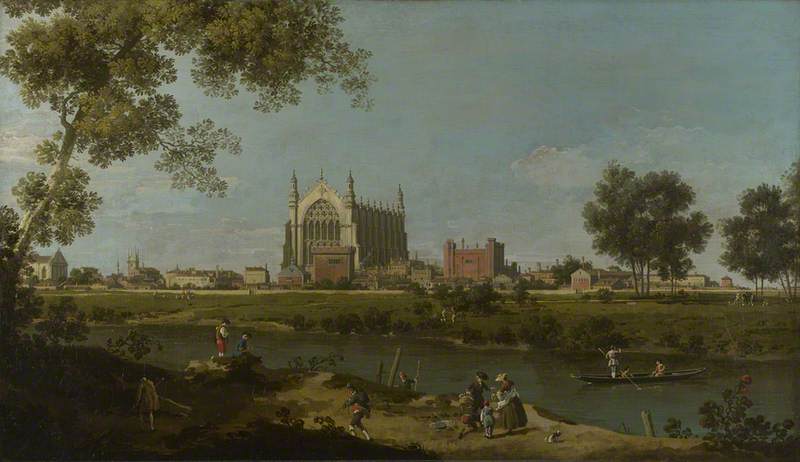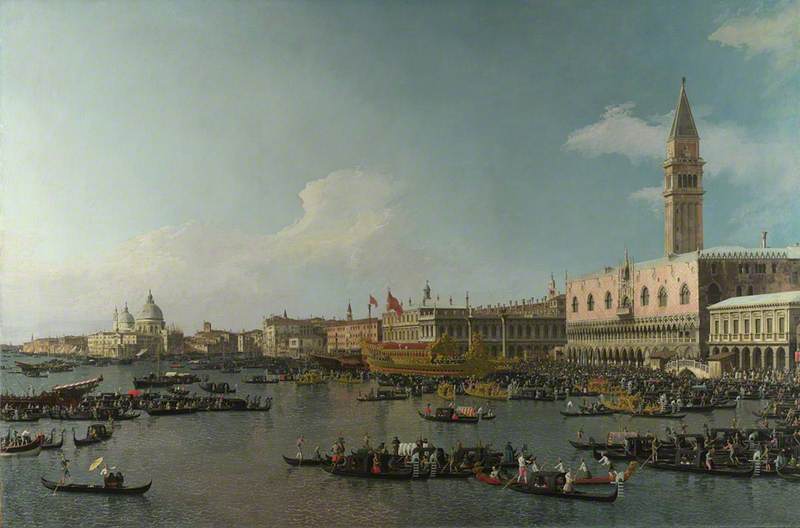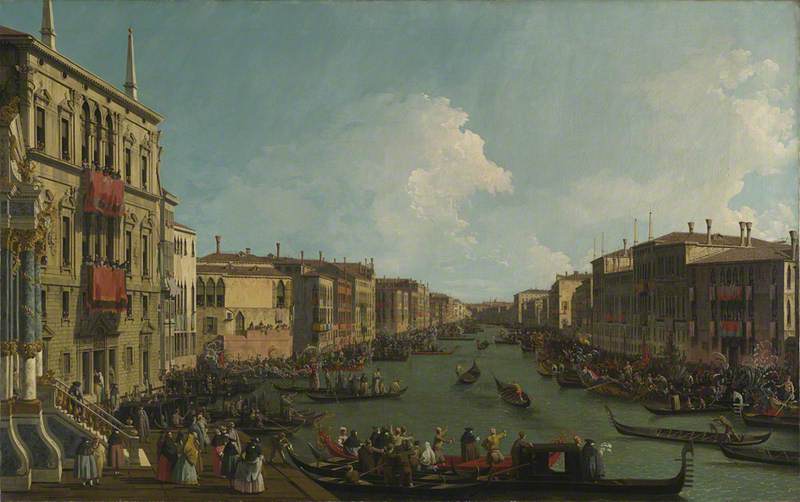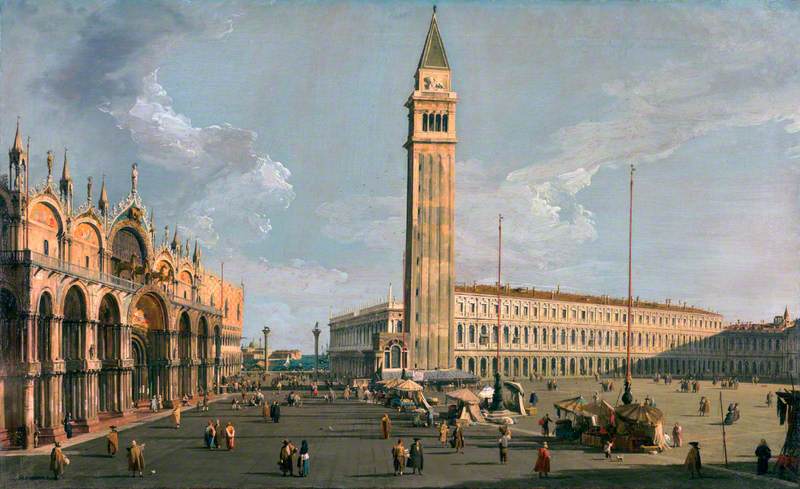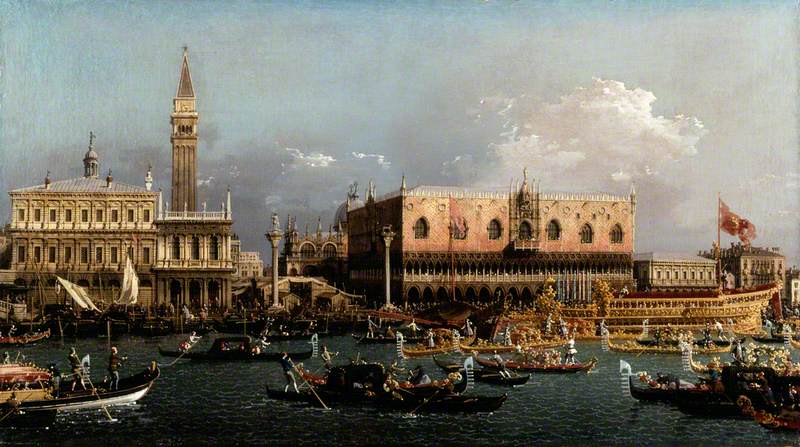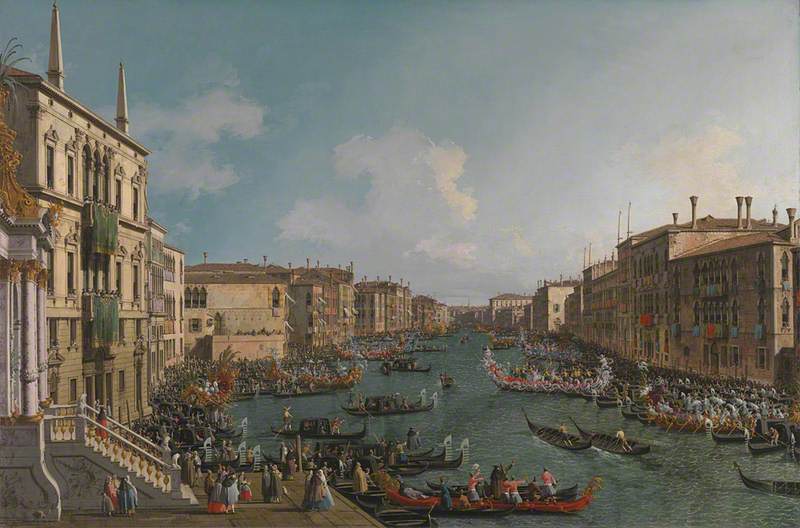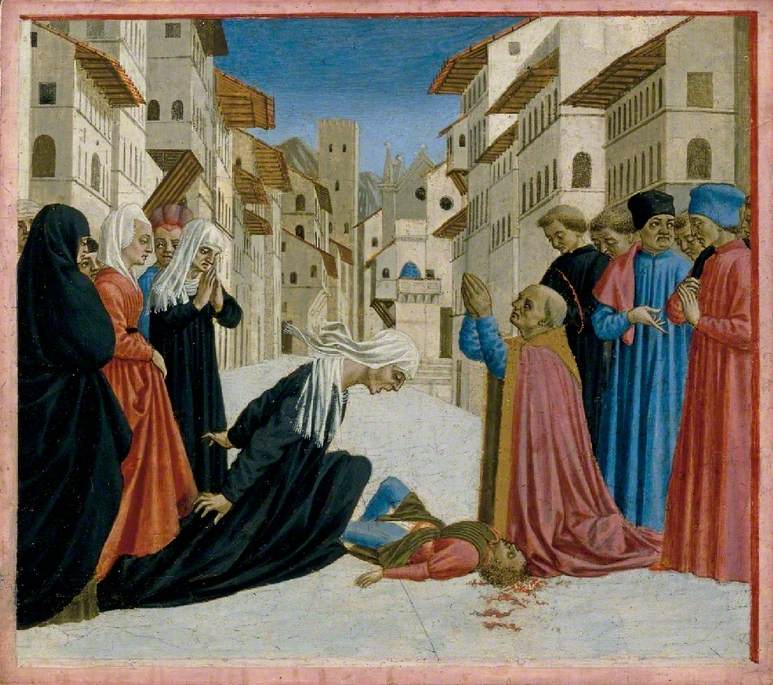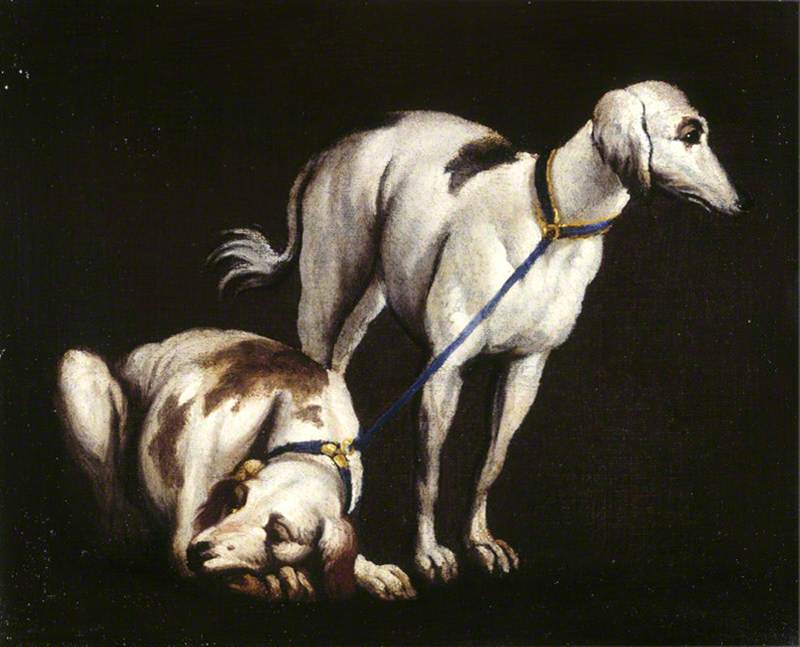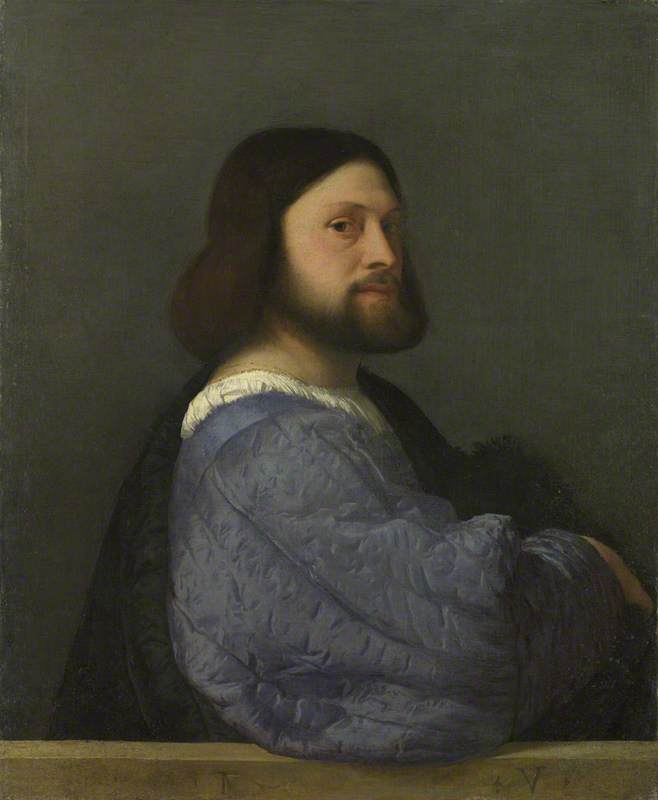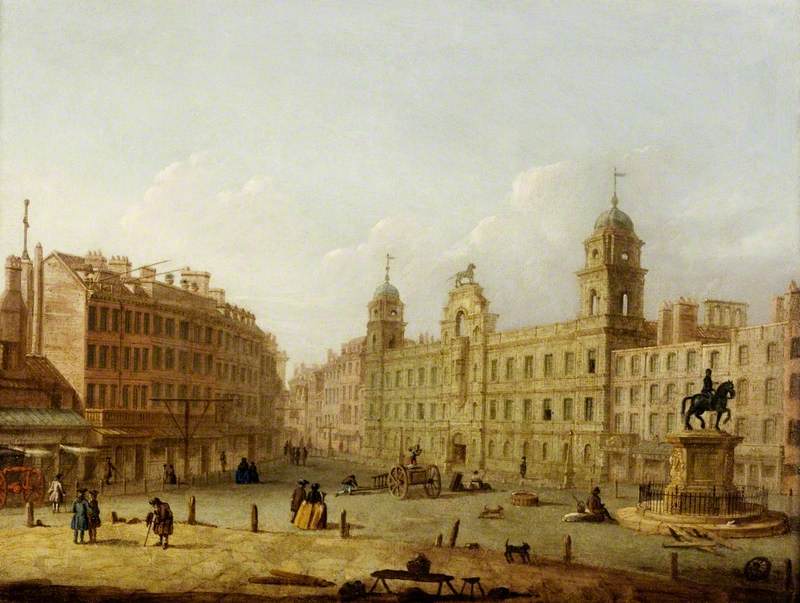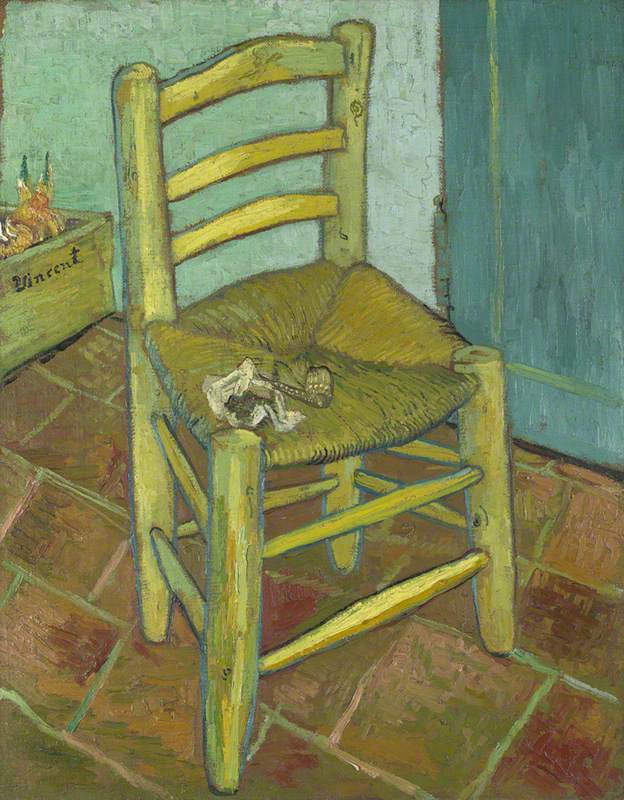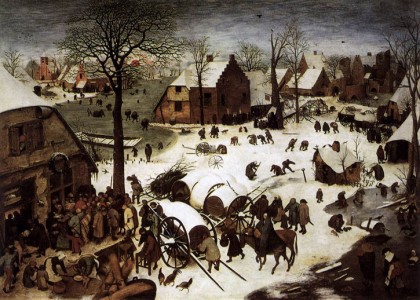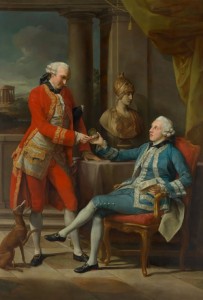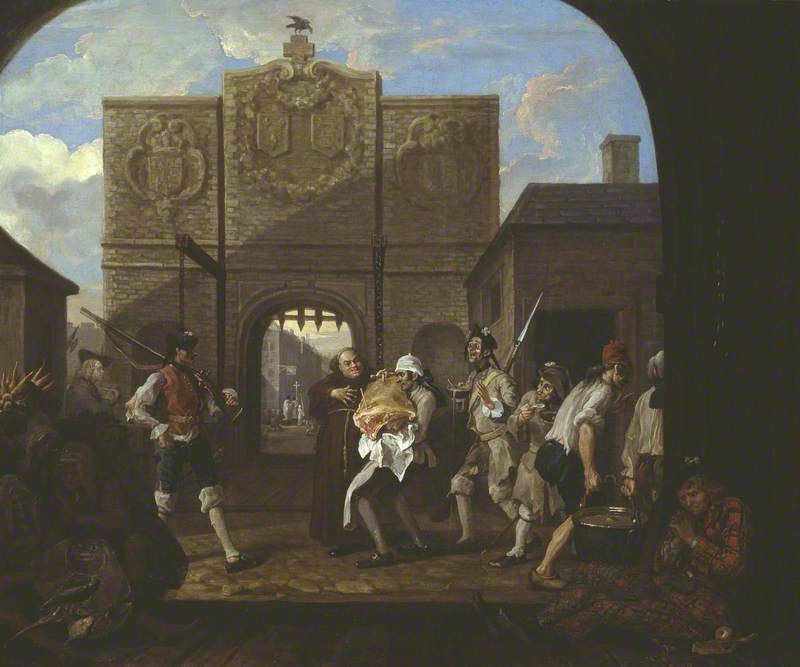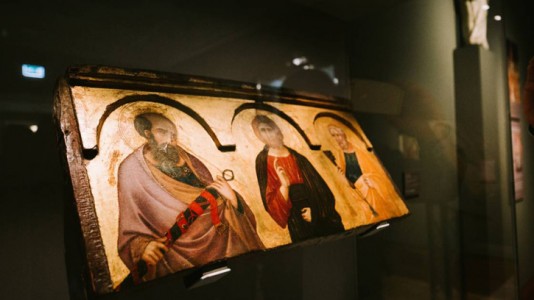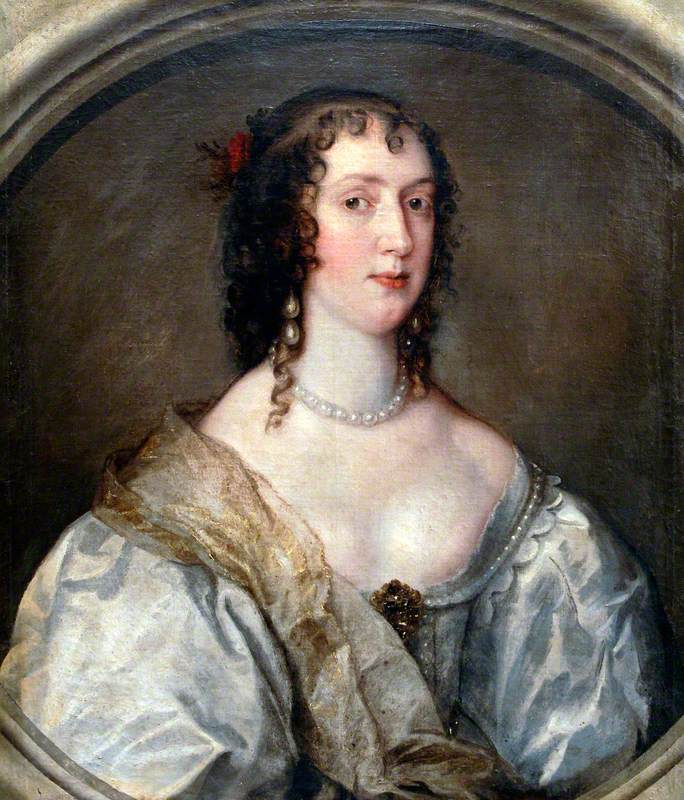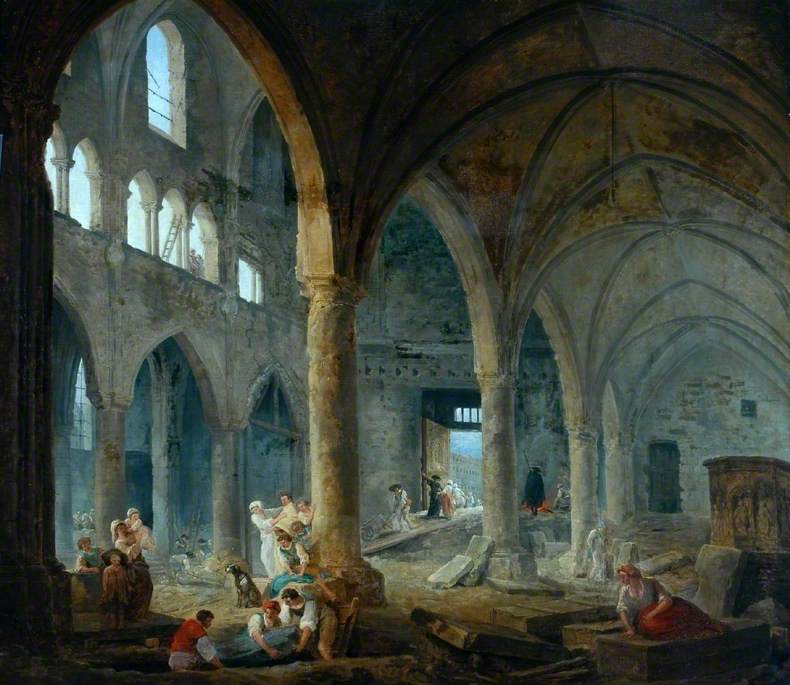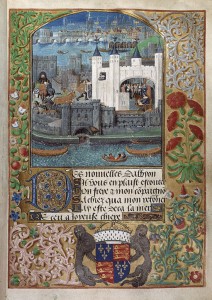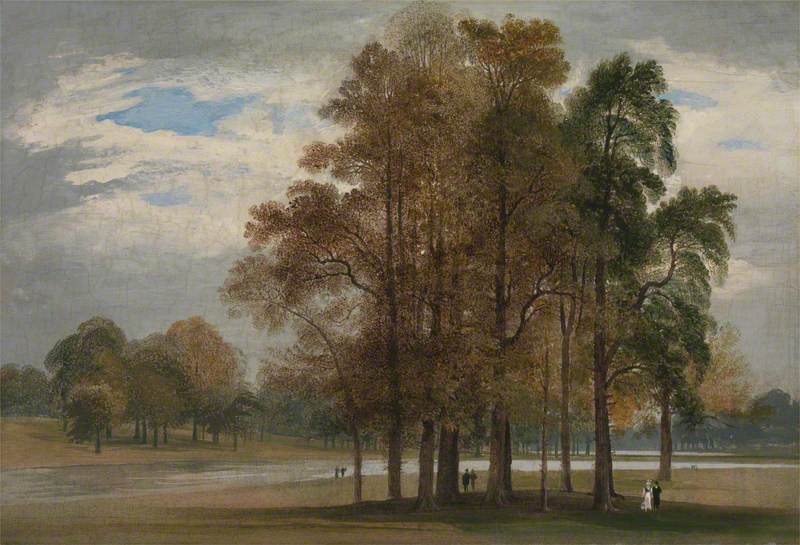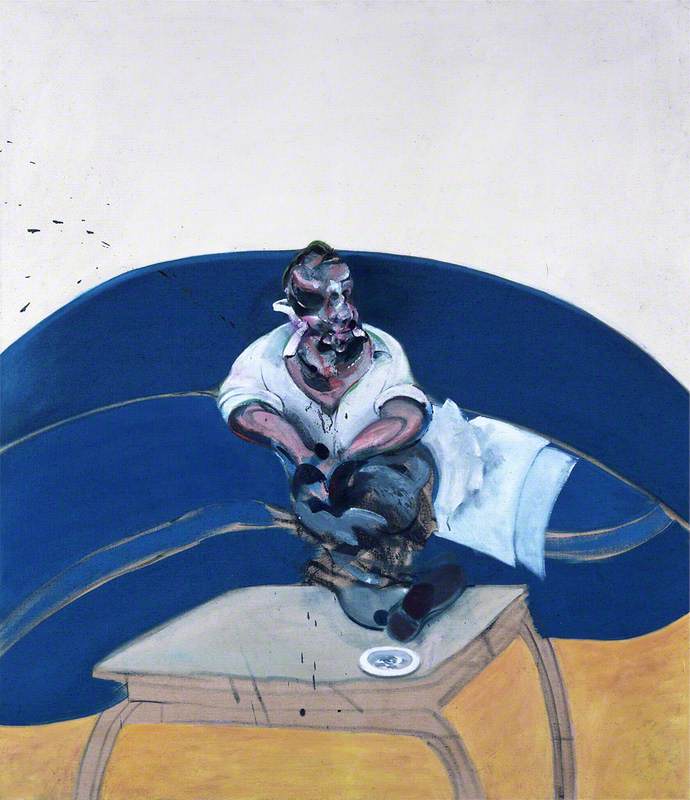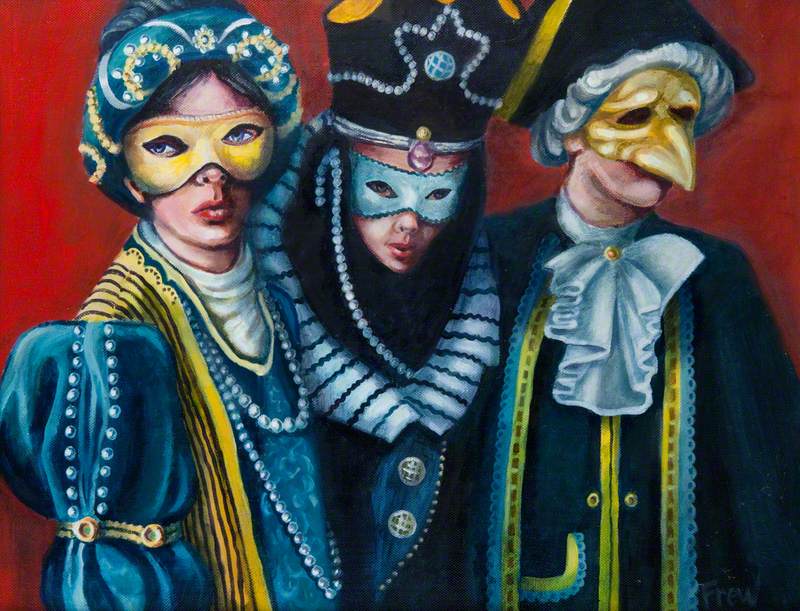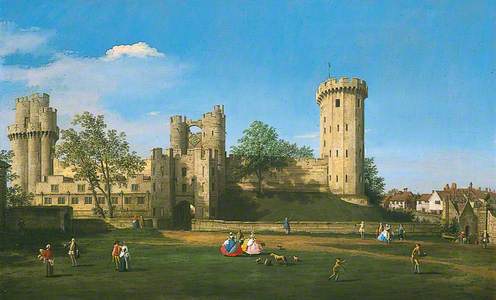In 2017, in the final episode of BBC One's The Big Painting Challenge the artists were tasked with painting the Old Royal Naval College in Greenwich, which inspired Canaletto over 250 years ago.
Greenwich Hospital from the North Bank of the Thames
c.1752
Canaletto (1697–1768) 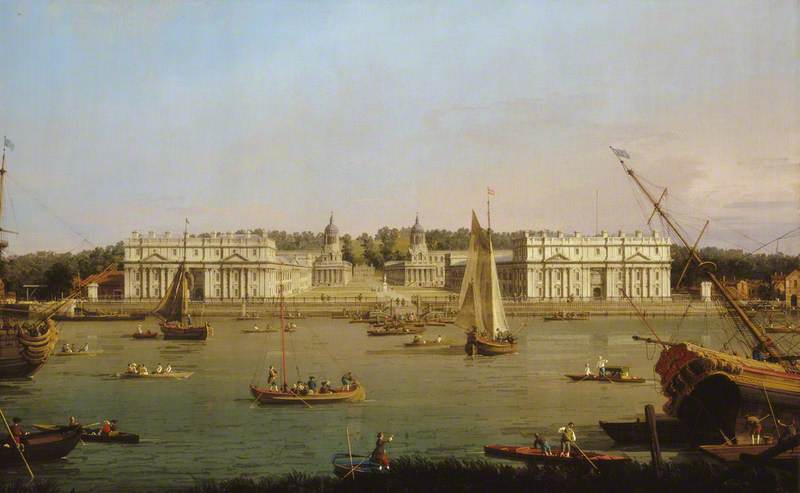
It's easy to stand in front of any number of artworks and be moved by what we see. The artist speaks to us as viewers on a personal level, communicating through their brushstrokes and use of colour. We as the viewer then interpret the artwork and take from it whatever meaning we ourselves personally derive. As an art historian my educational background has seemingly taught me well in allowing me to develop an appreciation for all artistic styles, although of course there are certain movements and artists which subjectively I prefer above all others.
Studies at secondary, Bachelor and Masters level have all widened my art and architecture knowledge considerably but I have found one artist to be completely under-represented on every syllabus that I have encountered. That artist is Canaletto (or 'Jonny Canal' as my husband fondly calls him), the great Grand Tour artist of the eighteenth century and, hands down, my absolute favourite artist.
My first visit to The National Gallery in London was as part of a school art trip as a child. I recall sitting on the floor sketching Van Gogh's Chair and spending a large portion of my time inordinately engrossed in Steenwyck's Still Life – I brought a postcard home to show my parents, who I might add were considerably less impressed and found it rather morbid.
Still Life: An Allegory of the Vanities of Human Life
about 1640
Harmen van Steenwyck (1612–c.1656) 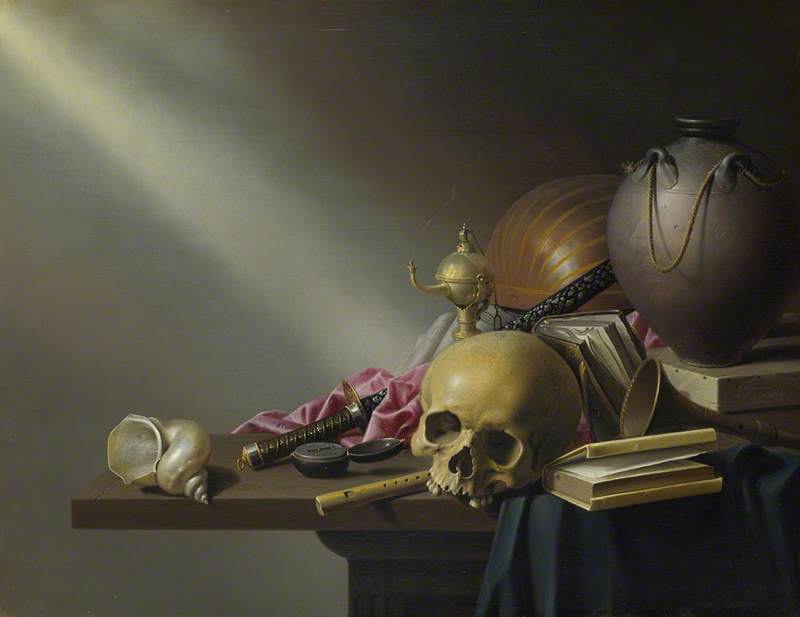
Given that we were only allowed a few hours in the gallery it wasn't until we left that I walked through an unexplored room and caught my first glimpse of a Canaletto. For the briefest of moments I found myself completely absorbed in one of his Venetian views, before being whisked away to join the group, with firm plans to find out more about the artist. I found later on that the school library and the art department bookshelves sadly had no literature relating to the artist I had seen, and in the days of dial up internet my desire to research the artist quickly waned in favour of utilising my computer time for instant messaging my friends – a highly important pastime for any young teenager in the early noughties.
I wouldn't come across Canaletto again until much later on during my undergraduate studies when trying to decide on a topic for my dissertation. Although Karl Friedrich Schinkel firmly took my fancy, my student funds really couldn't justify a trip to Berlin to revisit his paintings so I explored options closer to home. Thankfully, by this point in time the BBC Your Paintings website (Art UK's predecessor) allowed me to research those topographical artists whose works were more accessible to me, and recognising his work immediately I set out to London to find some Canalettos. Despite multiple visits to The National Gallery since the first, to my shame I had never been back to Room 38.
Venice: The Doge's Palace and the Riva degli Schiavoni
late 1730s
Canaletto (1697–1768) 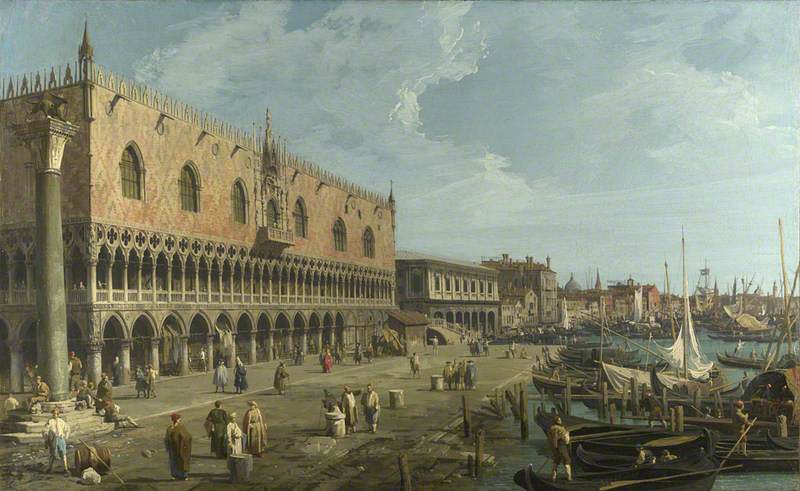
As a budding art historian my focus thus far had been on seeking out work by the likes of Titian, Caravaggio and Velázquez – the big names I had been taught through my studies. Returning to Room 38 I was again completely entranced and in that visit I spent hours in that one room, filling pages of my sketchbook and drinking in every detail. Following my journey of discovery, I now consider myself quite the Canaletto buff and love to promote him to the uninitiated.
Canaletto is well known for his ability to create idealised and recognisable views of Venice which promoted the city and its richly unique architecture. His talent in creating these perfect vistas had wide appeal, most notably among wealthy landowners on Grand Tours who bought his paintings as mementos of their travels. Canaletto's works were in high demand at this time and his English agent Joseph Smith could be relied upon to respond to the increasing demand for commissions. For this reason, throughout the UK Canaletto is a well-represented artist within private collections and his works held by public collections number over 150.
A popular topic of study for Canaletto was the recording of events that took place on the waterways of Venice, a subject which most likely appealed to the artist as it gave him the opportunity to create works full of animated features and rich decoration, combining to create a dynamic and captivating composition. While the sheer perfection and precise nature of his works is visually stunning, I feel that the real beauty of his paintings is his ability to act as a storyteller through the incidental features included in his paintings.
Within his topographical views are almost miniature genre scenes, depicting Venetian life and conveying the atmosphere of eighteenth-century Venice. The fascination for me is when my gaze is caught by the tiny figures scattered throughout his works; couples promenading, ladies in conversation and all those people going about their daily business. I see his paintings as the representation of that age old habit of people watching which effortlessly engages our eye as we imagine the stories behind each interaction.
A Regatta on the Grand Canal is a good example of his work depicting Venetian life, but also demonstrates his efforts in striving to produce highly idealised views of Venice. This particular viewpoint is not topographically accurate as the buildings along the right bank are all included in his painting, whereas in reality only half would be visible from the artist's location. He has made the necessary changes to ensure that what is presented within the composition is the most aesthetically pleasing viewpoint possible, likely responding to the desires of his patrons for perfect, idealised views.
This habit of altering views in order to make pleasing compositions was a technique adopted for many of his works and extended throughout his career in both Italy and abroad. Clearly adopting his own early form of Photoshop, his painting of Warwick Castle depicts a brilliant blue sky and would suggest that the Canaletto of today might very happily apply a good Instagram filter to any of his photos.
I see Canaletto's paintings as pure escapism, and it's for this reason that I herald him as my favourite artist. His creation of perfect views and the atmosphere that he conveys through his scenes has the ability to completely transfix me, and I can still spend an age staring at the same painting. I recently visited Tate Britain where A View of Greenwich from the River is on long-term loan from a private collection.
‘I see Canaletto’s paintings as pure escapism’
— Art UK (@artukdotorg) March 19, 2017
A crush on Canaletto: https://t.co/hRKRYjzAxa
(Img: @tate) #bigpaintingchallenge #art pic.twitter.com/FymNKdwDcD
I had studied this piece in detail for my undergraduate dissertation, using only photographic images as the painting was not on view. The only way that I can describe my personal reaction to finally viewing this oil painting in the flesh is to point you in the direction of Wikipedia's definition for Stendhal Syndrome, or Florence Syndrome: 'A psychosomatic disorder that causes rapid heartbeat, dizziness, fainting, confusion and even hallucinations when an individual is exposed to an experience of great personal significance, particularly viewing art.'
While I did not faint in public, I had a profound emotional reaction when viewing this piece and experienced an overwhelming sense of complete joy. For his works to still have this effect on me, it's safe to say that Canaletto (or Jonny Canal) will always be my one true love of the art world.
Lauren Colley, Art UK Operations Manager
